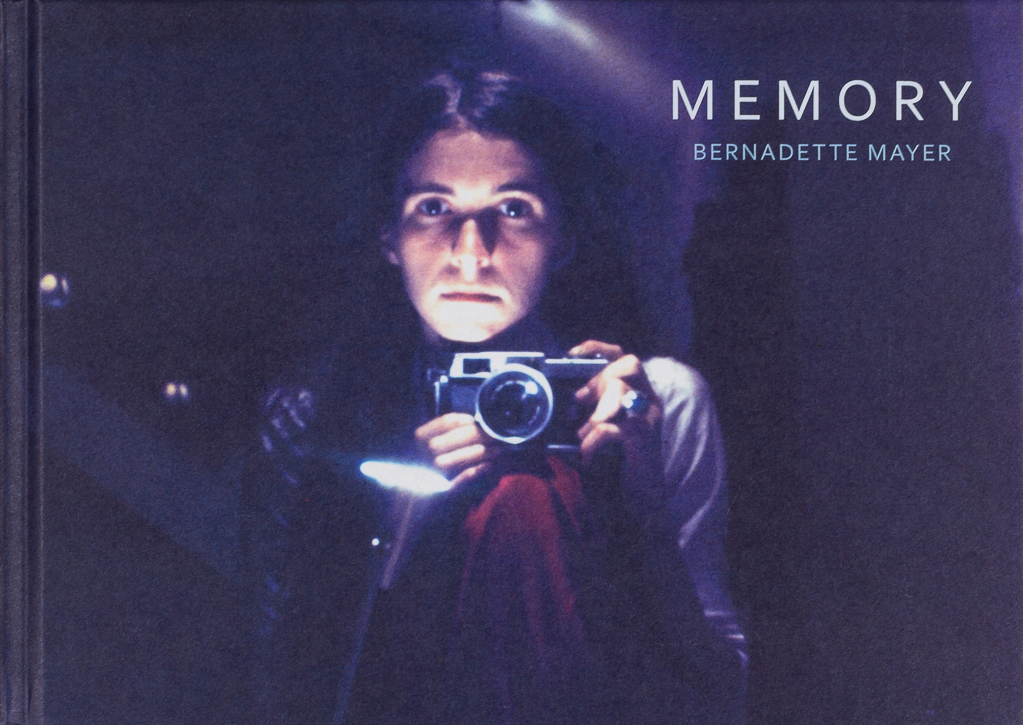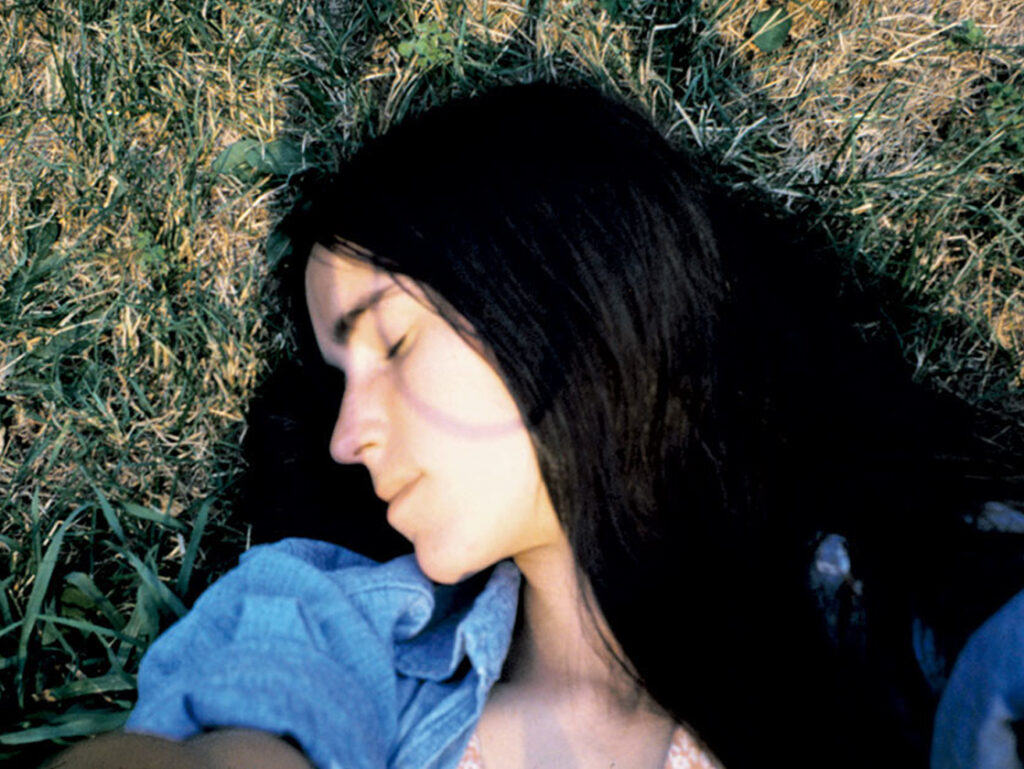“Artists Books”Craig Dworkin, Times Literary Supplement
reviews, 08/21/20
If we had known where to look, half a century ago, the avant-garde gave us a glimpse of today’s social media regime (think of the minor celebrity and surveillance at play in Andy Warhol’s a: a novel, 1968, or the anonymized stalking of Vito Acconci’s Following Piece, 1969). Even though it was conceived in the moment of Xerox and Selectrics – long before the distribution formats for which its style is optimized – Bernadette Mayer’s Memory highlights other aspects of our current mediascape: the compulsory documentation of quotidian banality; the accumulation of massive time-stamped archives of bite-sized data; monumentalized ephemerality; distracting multimedia juxtaposition; and the sparks and flashes that make it all worthwhile.
Memory emerged from a durational and differential experiment in the genre of the diary: each day in July, 1971 Mayer shot a roll of Kodachrome 35mm slide film and wrote a journal entry that was then revised – typically to few thousand words each – while reviewing the developed images. Prints of the slides were exhibited as a gallery installation in 1972, accompanied by a recording of Mayer reading her text. In 1975, the text was published on its own in a typewriter-set paperback by North Atlantic Books, with a framing introduction by the infamous New York City psychoanalyst David Rubinfine, a specialist in the ego’s reconstruction of archival data, and an additional dream-journal text by Mayer. Now Siglio – with its usual attention to production details – has brought the full colour photographs and handsomely reset journal text together in a sumptuous, sturdy, oblong artist’s book. The coincidence of word and image both restores the initial conception behind the gallery installation and also offers a new work in its own right by combining image and print (rather than audio) in book format (rather than gallery space). If the clean, two-column typesetting distances the text from the immediacy of its 1970s typewriter production, the photographs more than compensate, immersing the reader in the period with a palpable closeness. Those familiar with the blurry black-and-white images on the North Atlantic wrappers will be struck by the rich primary colours and focused depth afforded by Siglio’s glossy pages. A few of the original photographs have been lost, but this new edition restores others not originally exhibited (it also swaps out the earlier paratexts with new framing statements by and about Mayer).
Memory directly links a long legacy of experimental writing. It combines the permutational prose of Gertrude Stein with the casual coterie references of the New York School poets, along with the non-sequitur juxtapositions familiar to both. It also merges an impersonal, conceptual framing project with biographical content, and exhaustive inclusivity with the textual focus of formal devices: lists; appropriated transcriptions of ambient, non-literary language; homophonic transformations, etc. Accordingly, Mayer was an important influence on Kathy Acker, Language Poetry, and Conceptual Writing (think of works like Lyn Hejinian’s My Life, 1980, or Emma Kay’s “Worldview”, 1999); Siglio’s publication gives it the chance to continue to serve as the hinge to whatever follows those writers and movements in turn.
“Artists’ Books,” review of Memory by Craig Dworkin, Times Literary Supplement
originally published in the July 31, 2020 issue
see also
✼ not stones, not stale bread:
The book object. Object as aim. Object as thing. “In committing himself to book-objects, Dick Higgins confronted object status . . . the objectification of the creative act and the rise of art as a commodity object.” Call It Something Else at the Reina Sofia through January 22, 2024, curated by Alice Centamore and Christian Xatrec.
[...]
